Deep in the Western Ghats of India, a phenomenon unfolds that defies nature’s usual rhythms. While most forests bloom annually, one remarkable ecosystem operates on a completely different schedule – one that has puzzled scientists and captivated observers for generations. This isn’t just any ordinary flowering event; it’s a spectacle so rare and magnificent that entire communities plan their lives around witnessing it. The Neelakurinji flowers, carpeting mountainsides in brilliant purple hues, transform the landscape into something that seems almost otherworldly. But what makes this 12-year cycle so extraordinary goes far beyond its visual impact – it reveals secrets about plant evolution, ecological timing, and the delicate balance of mountain ecosystems.
The Mysterious Neelakurinji Phenomenon
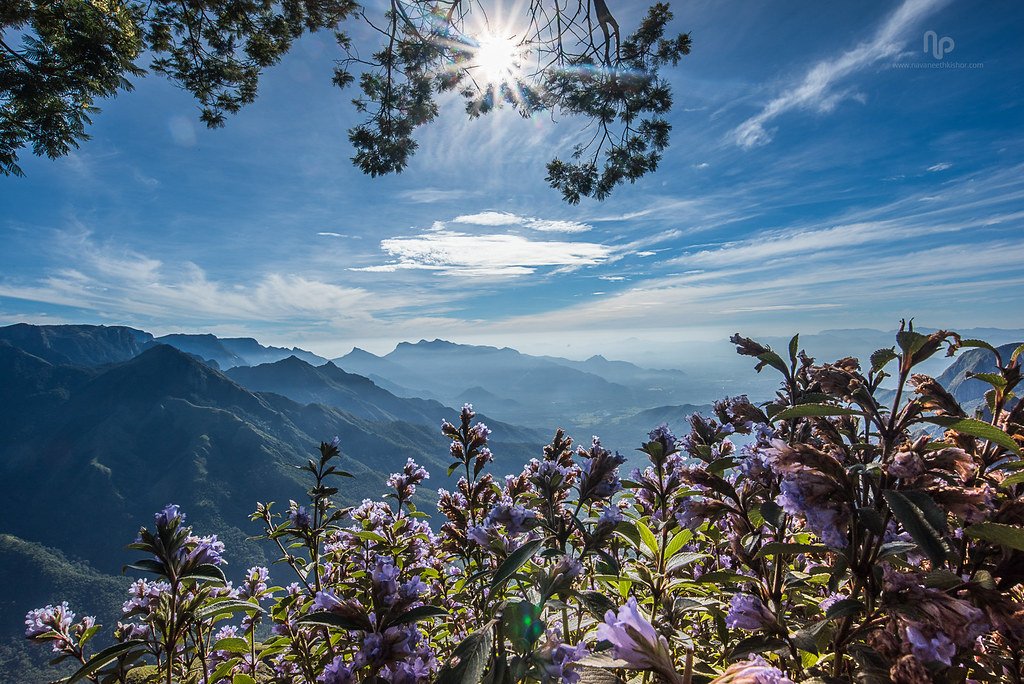
The Neelakurinji (Strobilanthes kunthianus) stands as one of nature’s most enigmatic flowering plants, found exclusively in the shola grasslands of the Western Ghats. These shrubs spend over a decade growing silently, accumulating energy and resources for a single, spectacular reproductive event. When the moment arrives, millions of these plants simultaneously burst into bloom across hundreds of square kilometers.
The sight is nothing short of breathtaking – rolling hills covered in a sea of purple flowers that stretch as far as the eye can see. Local communities have long used this blooming cycle as a natural calendar, marking significant life events and generational milestones. The Tamil name “Neelakurinji” literally translates to “blue flower,” though the actual color appears more violet-purple under different lighting conditions.
The Science Behind the 12-Year Cycle

Scientists have proposed several theories to explain this unusual flowering pattern, with the most compelling involving resource allocation and survival strategy. The extended juvenile phase allows plants to establish extensive root systems and accumulate massive energy reserves. This strategy, known as “big bang reproduction,” maximizes the plant’s reproductive success by producing enormous quantities of seeds all at once.
The synchronization across vast areas suggests an internal biological clock that remains remarkably consistent across different populations. Environmental factors like temperature, rainfall, and day length likely serve as fine-tuning mechanisms rather than primary triggers. Research indicates that this timing evolved as an adaptation to the specific climatic conditions of the Western Ghats, where predictable monsoon patterns create optimal windows for reproduction.
Where This Natural Wonder Occurs
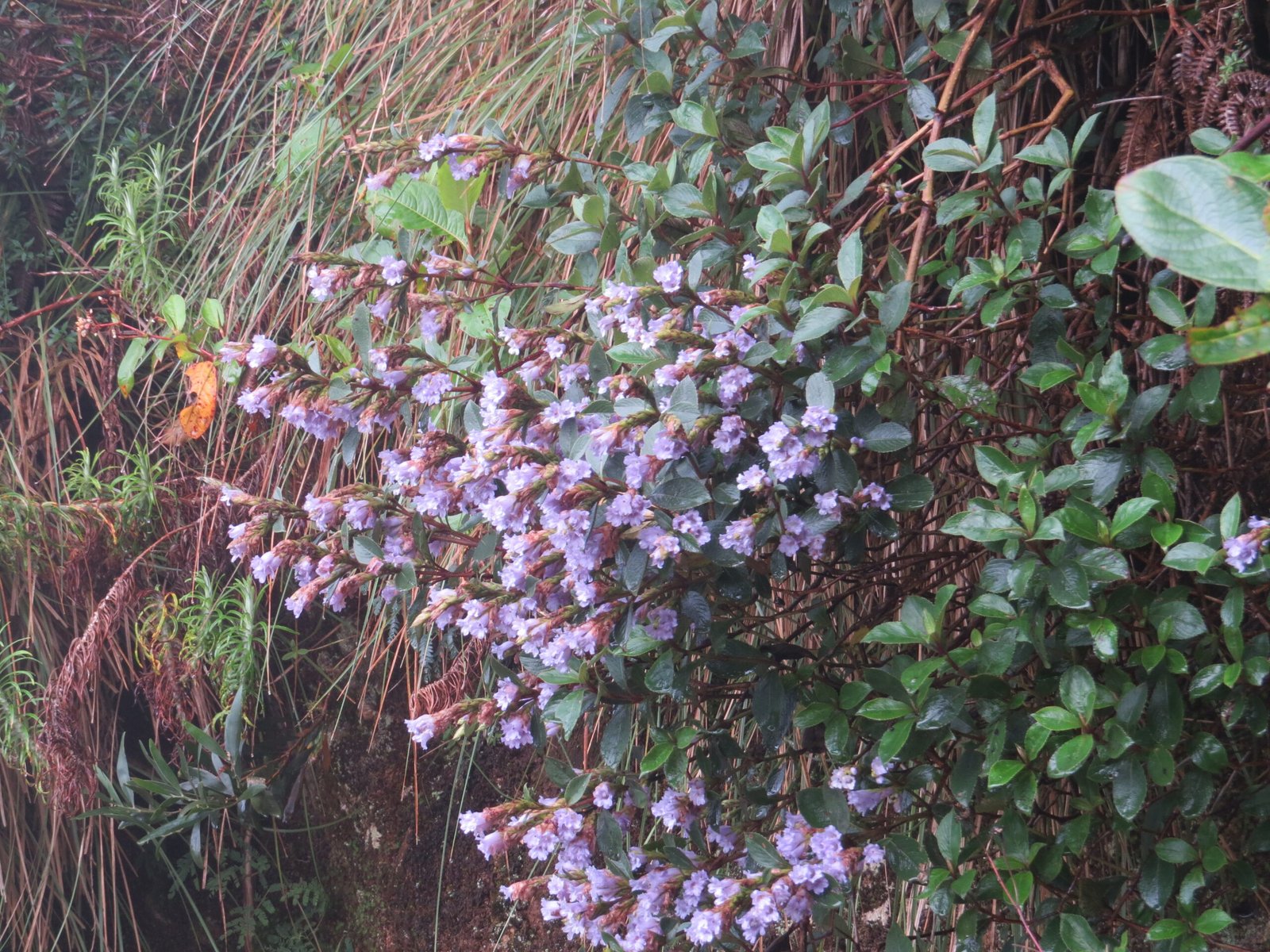
The Neelakurinji blooms primarily in the high-altitude regions of Kerala and Tamil Nadu, with the most famous locations being the hills around Munnar and Kodaikanal. These areas, situated at elevations between 1,300 and 2,400 meters above sea level, provide the perfect combination of climate and soil conditions. The Nilgiri Hills, from which the plant derives part of its name, represent another significant blooming zone.
Eravikulam National Park near Munnar offers some of the most spectacular viewing opportunities, with designated trails and viewpoints specifically maintained for visitors during blooming years. The Palani Hills around Kodaikanal present equally impressive displays, though access can be more challenging. These locations have become pilgrimage sites for nature enthusiasts, photographers, and researchers from around the world.
The Last Spectacular Bloom: 2018
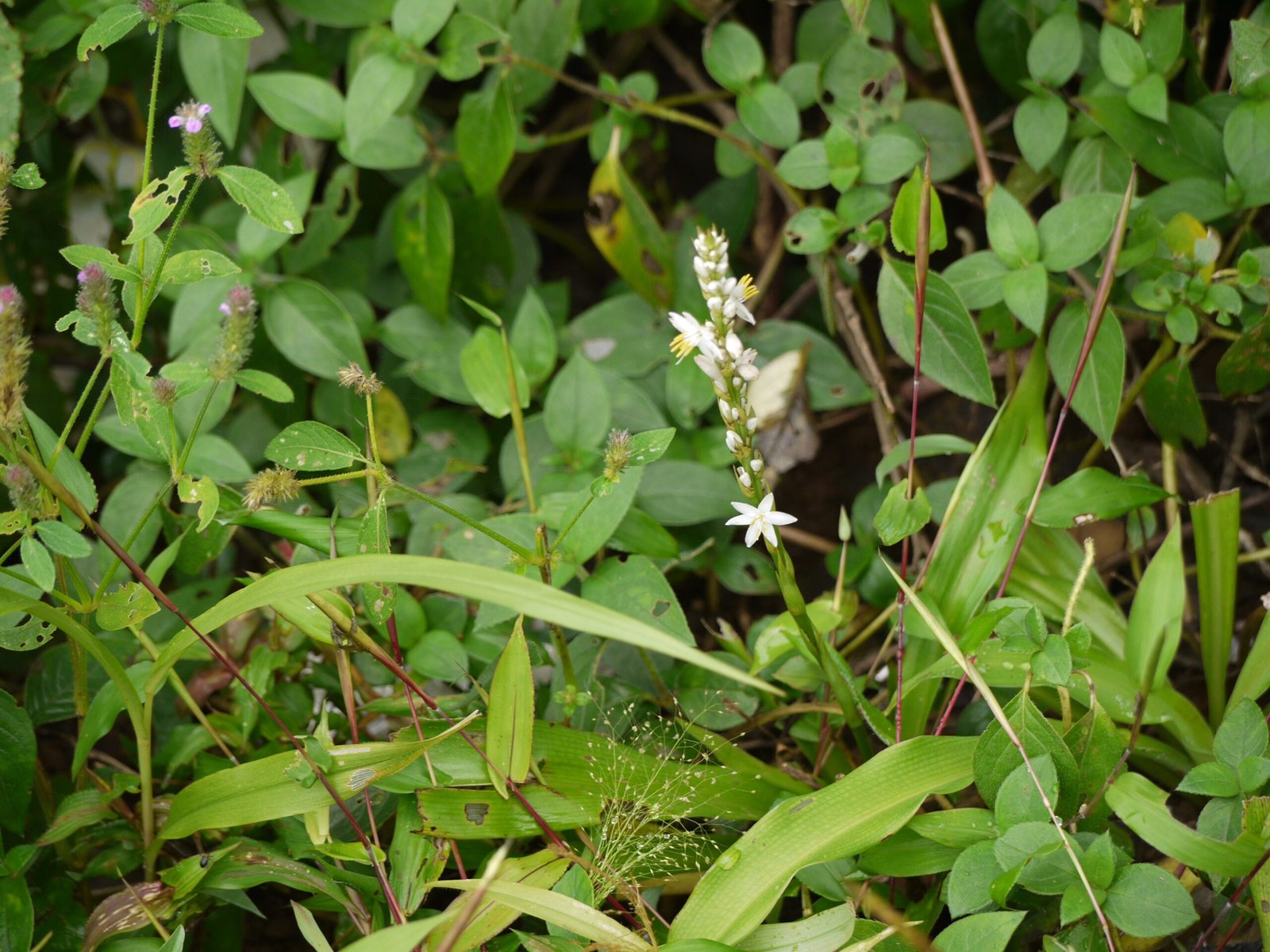
The most recent major blooming occurred in 2018, drawing hundreds of thousands of visitors to the Western Ghats. This event provided researchers with unprecedented opportunities to study the phenomenon using modern scientific techniques. Satellite imagery captured the extent of the blooming, revealing patterns that ground-based observations had missed.
The 2018 bloom was particularly notable for its intensity and duration, lasting several weeks longer than previous recorded events. Climate monitoring stations recorded unusually favorable conditions, including optimal rainfall patterns and temperature ranges. This extended blooming period allowed for comprehensive studies of pollinator behavior, seed production rates, and ecosystem interactions that had never been documented before.
Historical Records and Indigenous Knowledge
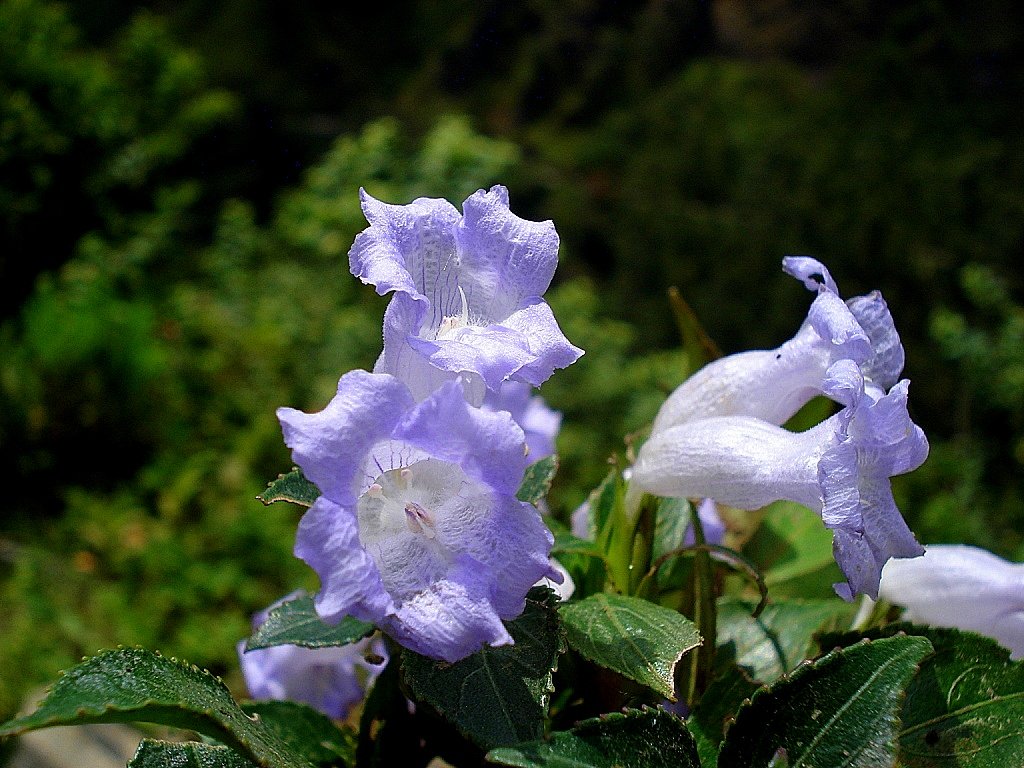
Local tribal communities have maintained oral traditions about the Neelakurinji cycle for centuries, passing down detailed observations through generations. These traditional records often prove more accurate than early scientific documentation, highlighting the deep connection between indigenous peoples and their natural environment. The Muthuvan and Mannaan tribes consider the blooming a sacred event, incorporating it into their cultural ceremonies and storytelling traditions.
British colonial records from the 1800s first brought scientific attention to the phenomenon, though early botanists struggled to understand the mechanisms behind the cycle. Tea plantation owners in the region learned to anticipate the blooming years, as the event often coincided with changes in local weather patterns that affected crop yields. These historical accounts provide valuable baseline data for modern researchers studying climate change impacts on the flowering cycle.
The Ecological Impact of Mass Blooming
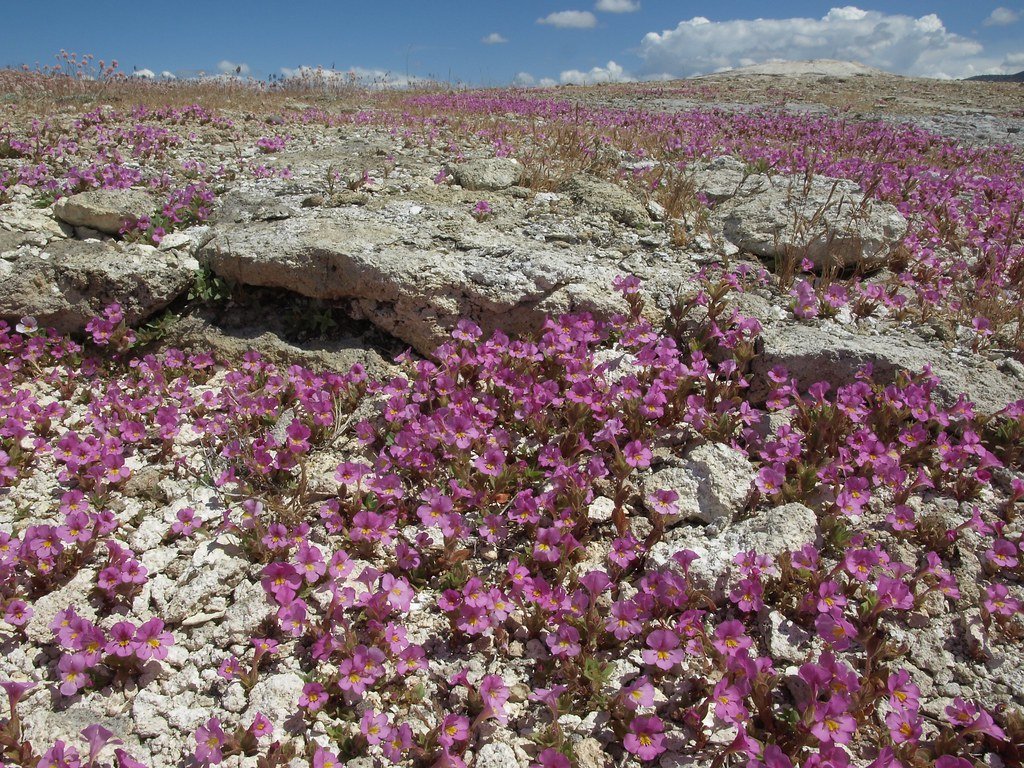
The simultaneous blooming of millions of Neelakurinji plants creates a temporary ecological bonanza that ripples throughout the entire mountain ecosystem. Pollinator populations, particularly bees and butterflies, experience dramatic population booms during blooming years. This abundance cascades up the food chain, benefiting insectivorous birds, small mammals, and other predators.
The massive seed production that follows provides food resources for numerous wildlife species, from birds to small mammals. However, this abundance is short-lived, creating a boom-bust cycle that influences population dynamics across multiple species. The decomposition of spent flowers also enriches the soil, creating nutrient pulses that benefit other plant communities in the area.
Unique Adaptations for Survival

The Neelakurinji has evolved several remarkable adaptations beyond its unusual flowering cycle. The plants develop extensive underground root systems that can survive harsh mountain conditions, including occasional frost and extended dry periods. Their leaves are specially adapted to handle intense ultraviolet radiation at high altitudes, with waxy coatings that prevent water loss and sun damage.
Perhaps most intriguingly, the plants appear to have developed mechanisms for surviving the intense competition that follows mass blooming. Young seedlings can remain dormant for years, waiting for optimal conditions to establish themselves. This strategy ensures that not all individuals in a population face the same environmental pressures simultaneously, increasing the species’ overall survival chances.
The Role of Climate in Triggering Blooms

Recent research has revealed that the Neelakurinji’s flowering cycle is intimately connected to long-term climate patterns in the Western Ghats. The plants appear to respond to cumulative environmental cues over multiple years, rather than immediate seasonal changes. Temperature fluctuations, monsoon intensity, and even solar radiation cycles all play roles in the timing mechanism.
Scientists have discovered that the plants can “sense” approaching optimal conditions months or even years in advance, beginning internal preparations for reproduction. This remarkable ability suggests a level of environmental sensitivity that surpasses most other flowering plants. The mechanisms behind this long-term environmental sensing remain one of the most fascinating aspects of ongoing research.
Conservation Challenges and Threats

Despite its remote location, the Neelakurinji faces numerous conservation challenges that threaten its long-term survival. Habitat destruction from expanding agriculture, infrastructure development, and tourism pressure represents the most immediate threat. The construction of roads and buildings in traditional blooming areas has fragmented populations and disrupted the delicate ecological balance.
Climate change poses an equally serious long-term threat, as shifting weather patterns could disrupt the carefully calibrated timing mechanisms that govern the flowering cycle. Rising temperatures and changing precipitation patterns may force the plants to bloom at suboptimal times, reducing reproductive success. Invasive species introduction through increased human activity also threatens the native ecosystem integrity.
Research Breakthroughs and Scientific Discoveries
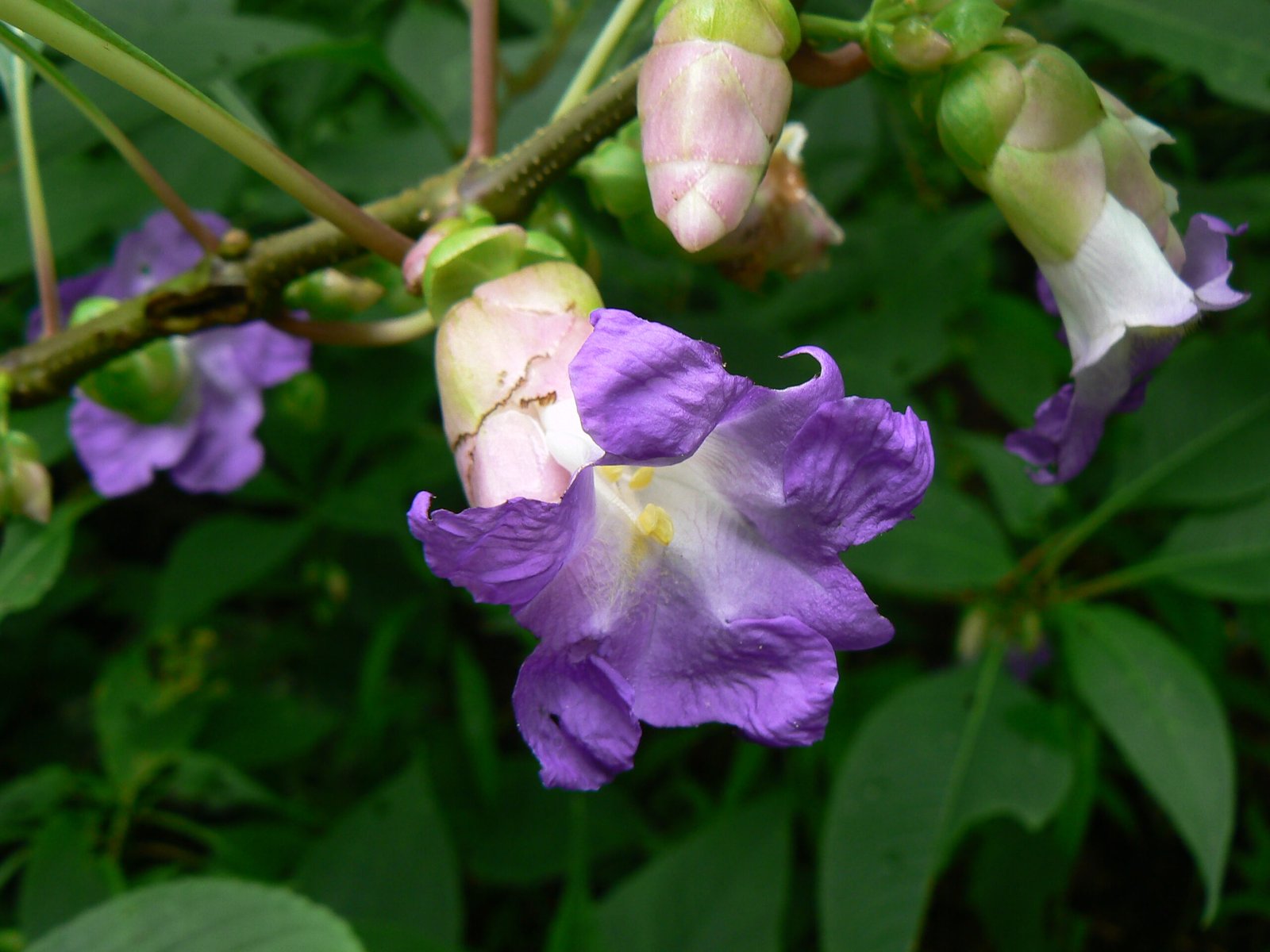
Modern molecular biology techniques have revealed fascinating insights into the genetic mechanisms controlling the Neelakurinji’s reproductive cycle. Researchers have identified specific genes that appear to regulate the internal timing clock, opening possibilities for understanding similar phenomena in other plant species. DNA analysis has also revealed the evolutionary history of the species, showing how it adapted to the unique conditions of the Western Ghats.
Ecological studies using advanced monitoring technology have documented the complex interactions between blooming cycles and animal behavior. GPS tracking of pollinators has revealed migration patterns that coincide with blooming years, suggesting co-evolutionary relationships that span decades. These discoveries highlight the interconnected nature of mountain ecosystems and the importance of preserving entire ecological networks.
Tourism and Economic Impact

The Neelakurinji bloom has become a significant economic driver for local communities, attracting hundreds of thousands of visitors during blooming years. Hotels, restaurants, and tour operators experience dramatic increases in business, creating temporary employment opportunities for residents. However, this influx also creates challenges, as infrastructure struggles to handle the sudden population surge.
Sustainable tourism initiatives have emerged to balance economic benefits with environmental protection. Local communities have developed eco-friendly lodging options and guided tour services that educate visitors about the ecological importance of the phenomenon. These efforts help ensure that tourism revenue supports conservation efforts rather than contributing to habitat degradation.
Similar Phenomena Worldwide

While the Neelakurinji’s 12-year cycle is unique, several other plant species around the world exhibit similar mass blooming patterns. Bamboo forests in Asia display synchronized flowering cycles that occur every 30 to 120 years, depending on the species. These events often have dramatic ecological consequences, including population explosions of seed-eating animals followed by crashes when the bamboo dies.
The century plant (Agave americana) of North America follows a similar strategy, though with an even longer cycle of 10 to 30 years. Desert lupines in California coordinate their blooming with favorable rainfall patterns, creating spectacular wildflower displays during exceptional years. These phenomena demonstrate that synchronized reproduction strategies have evolved independently in various ecosystems worldwide.
Predicting the Next Bloom

Based on historical patterns and the 2018 blooming, scientists predict the next major Neelakurinji bloom will occur around 2030. However, climate change introduces uncertainties that make precise predictions challenging. Researchers are developing sophisticated models that incorporate multiple environmental variables to improve forecasting accuracy.
Early warning systems using satellite imagery and ground-based monitoring stations are being established to detect the first signs of impending blooms. These systems will help researchers prepare for intensive study periods and allow tourism operators to plan accordingly. The ability to predict blooming years with greater accuracy will also support conservation efforts by enabling protective measures during critical reproductive periods.
Photography and Documentation Challenges

Capturing the Neelakurinji bloom presents unique challenges for photographers and documentarians. The remote locations, unpredictable weather, and limited access windows require careful planning and specialized equipment. Professional photographers often spend months preparing for blooming years, scouting locations and establishing local contacts.
The ephemeral nature of the blooms adds pressure to documentation efforts, as peak flowering periods may last only a few weeks. Changing light conditions at high altitudes create dramatic photographic opportunities but also technical challenges. Many photographers have developed specialized techniques for capturing the vast scale of the blooming areas while maintaining detail in individual flowers.
Cultural and Spiritual Significance

The Neelakurinji holds deep cultural significance for communities throughout the Western Ghats region. Local folklore associates the blooming with prosperity and renewal, leading to celebrations and festivals during blooming years. Traditional medicine practitioners have long used various parts of the plant for treating ailments, though sustainable harvesting practices are essential to prevent overexploitation.
Religious and spiritual communities often organize pilgrimages to witness the blooming, viewing it as a manifestation of natural divinity. These cultural connections provide additional motivation for conservation efforts, as preserving the Neelakurinji becomes a matter of protecting cultural heritage as well as biodiversity. The integration of traditional knowledge with modern conservation science creates more effective and culturally sensitive protection strategies.
Future Research Directions

Ongoing research projects are exploring various aspects of the Neelakurinji phenomenon, from molecular genetics to ecosystem dynamics. Scientists are investigating whether the flowering cycle can be influenced by human interventions, potentially allowing for controlled blooming in botanical gardens or research facilities. This research could provide insights into plant reproductive biology that extend far beyond this single species.
Long-term monitoring programs are being established to track how climate change affects the blooming cycle over future decades. These studies will provide crucial data for understanding how mountain ecosystems respond to environmental changes. Collaborative international research efforts are also examining similar phenomena in other regions, building a global understanding of synchronized plant reproduction strategies.
Conservation Success Stories
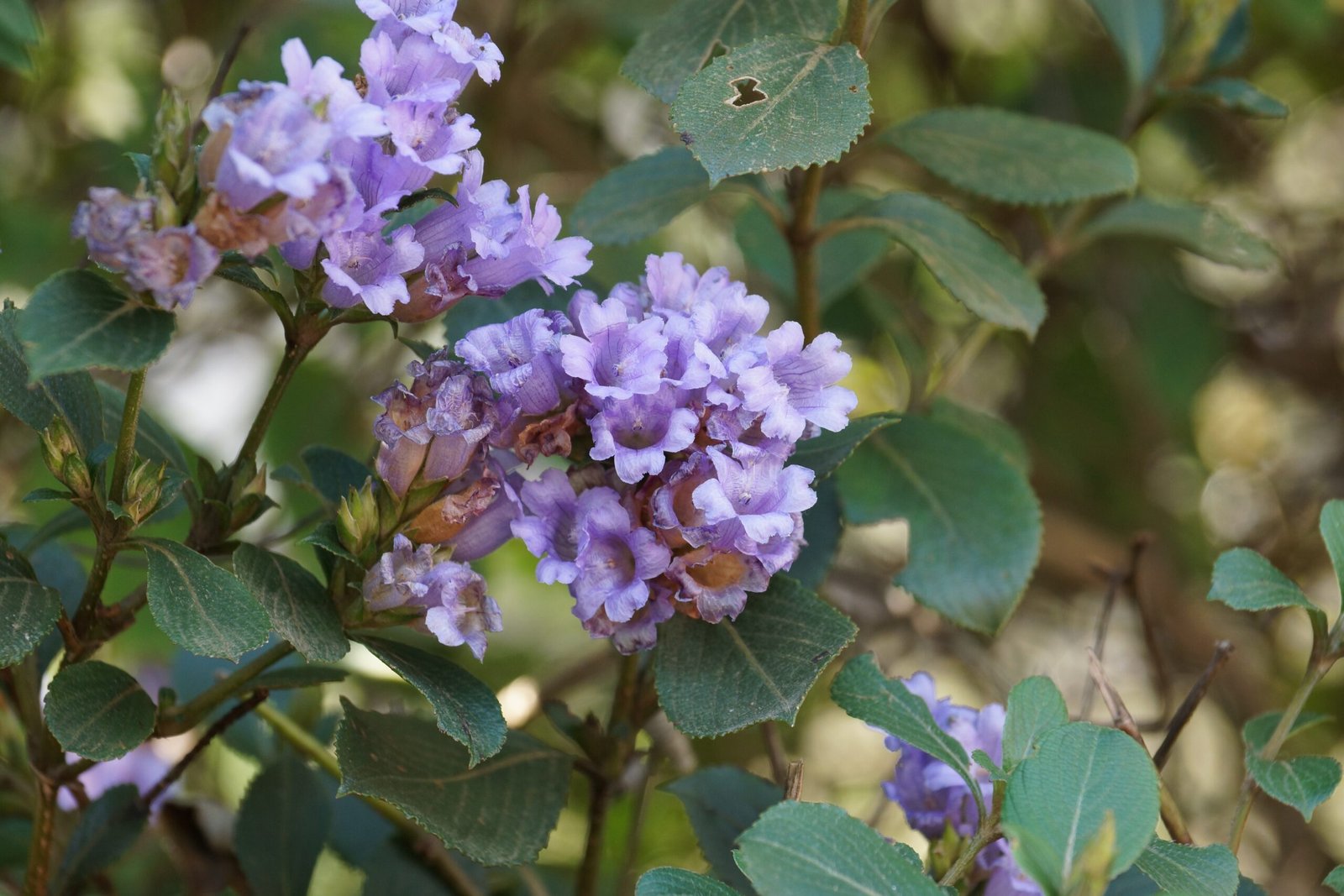
Despite the challenges, several conservation initiatives have shown promising results in protecting Neelakurinji habitats. Community-based conservation programs have successfully engaged local populations in monitoring and protecting blooming areas. These grassroots efforts often prove more effective than top-down conservation approaches, as they incorporate traditional knowledge and provide economic incentives for protection.
Protected area designations have helped preserve critical habitats, though enforcement remains challenging in remote mountainous regions. Restoration projects have successfully reestablished Neelakurinji populations in areas where they had been lost to development or degradation. These successes demonstrate that with proper planning and community support, the spectacular blooming cycle can be preserved for future generations.
The Neelakurinji’s extraordinary 12-year blooming cycle represents one of nature’s most remarkable timing mechanisms, showcasing the incredible adaptations plants can develop in response to environmental pressures. This phenomenon serves as a powerful reminder of the complex relationships that bind mountain ecosystems together and the importance of preserving these delicate balances. As we face unprecedented environmental changes, the Neelakurinji’s story highlights both the resilience and vulnerability of natural systems. The integration of traditional knowledge with modern science offers hope for effective conservation strategies that protect not just individual species but entire ecological networks. For those fortunate enough to witness this spectacle, the experience creates lasting connections to the natural world and deeper appreciation for the intricate timing of life on Earth. Will future generations have the same opportunity to witness this purple carpet stretching across the mountains?




